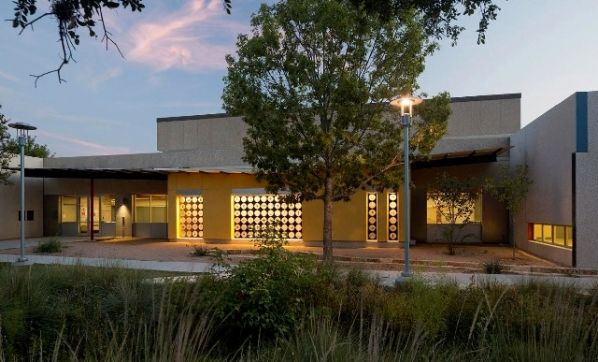Piecemeal shelters during winter storm highlight need for better coordination
Tuesday, May 18, 2021 by
Jonathan Lee At a meeting Monday to discuss the city’s response to Winter Storm Uri, City Council highlighted one of its biggest priorities to prepare for future disasters: strengthening Austin’s network of disaster shelters.
Though Council members praised the community and city staffers for their “all hands on deck” effort to help fellow Austinites find a warm place with running water during the storm, they emphasized that better coordination of resources could have made the experience less harrowing.
“One of the real opportunities we have here is figuring out how it is that we organize and expand and facilitate the community response,” Mayor Steve Adler said.
In the absence of a concerted response, some residents in need of shelter reached out to individual Council members. But members and their staff often couldn’t find shelters, and of the shelters they did find, many were poorly staffed, had little food or lacked power and water.
“I don’t want to ever be in a situation like that again,” Council Member Kathie Tovo said.
Juan Ortiz, director of Homeland Security and Emergency Management, said that without an established list of designated shelters (Austin’s disaster preparedness plans hardly mention winter storms at all), the department had to open shelters and assist spaces the community had set up on the fly.
“We welcomed anybody that could open their doors and open up a shelter,” Ortiz said. “We would reach out to them and see what they needed from us. Do they have cots, pillows, blankets? Do they need water? Do they need us to try and get them food?”
Council hopes to provide more organized shelters through its resilience hub initiative, which it unveiled last month.
The initiative will designate shelters at schools, libraries and other community spaces within walking distance of every neighborhood. The shelters will be operated by a network of trained community members and city staffers who know how to coordinate supplies, transportation, security, and other services with the city. Ideally, resilience hub volunteers would work in their neighborhood’s hub.
Tovo said that beyond training community members and city staff on disaster preparedness, the city must figure out, through community engagement and solid public messaging, how to create “a climate and a culture here in Austin of community resilience.”
Council members acknowledged the responsibility of other government agencies as well as individuals to create such a culture. “With the storm, as with the pandemic, the city is … an important player in our community’s response,” Council Member Alison Alter said. “But we cannot be the only one.”
“The city needs to be involved in all the areas, but we don’t necessarily need to lead everything,” Ortiz said. “We just have to figure out how to support our community to ensure that we can recover from those disasters as fast as we possibly can … and save as many lives as we can.”
The Austin Monitor’s work is made possible by donations from the community. Though our reporting covers donors from time to time, we are careful to keep business and editorial efforts separate while maintaining transparency. A complete list of donors is available here, and our code of ethics is explained here.
You're a community leader
And we’re honored you look to us for serious, in-depth news. You know a strong community needs local and dedicated watchdog reporting. We’re here for you and that won’t change. Now will you take the powerful next step and support our nonprofit news organization?










